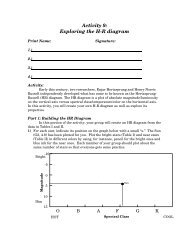Super Sleuths 2014 rules
Super Sleuths 2014 rules
Super Sleuths 2014 rules
Create successful ePaper yourself
Turn your PDF publications into a flip-book with our unique Google optimized e-Paper software.
<strong>2014</strong> NCSO It’s Elementary Manual ©<strong>2014</strong> NCSO 9. THE COMPETITION: Teams will be given a scenario that introduces a crime, suspects, and sourcesof evidence. Teams will perform tests on the evidence to identify the perpetrator of the crime, and writeup their analysis of the crime.a. Crime Scene Chemical Evidence:1. Powders: Teams will be asked to identify no more than 4 of the following: table salt(sodium chloride), baking soda, talc, borax (sodium borate), cornstarch, sugar (crystal),sand, flour, and/or powdered effervescent antacid (i.e. Alka-Seltzer). There will be nomixtures of powders.2. General Knowledge: Teams will be expected to answer questions about the tests theyperform and proper lab procedure. Example questions:i. If the pH of a substance is 3.5, is it acidic or basic?ii. What does it mean if a powder turns black in the presence of iodine?iii. What is the proper method to smell a chemical?b. Crime Scene Physical Evidence:1. Fingerprints. Teams will be asked to compare fingerprint evidence. Teams should be ableto identify the 3 basic types of fingerprints- loops, whorls, and arches, as well as deltasand minutiae.2. Glass: Teams may be asked to determine the type of glass found at a crime scene. Theymay be asked to match glass samples based on observable characteristics such as opacity,texture, thickness, irregularities, etc.c. Analysis of the Crime:Students will answer questions about which pieces of evidence implicate which suspect andwhy the suspect was chosen as the culprit, and also why the other suspects were not chosen.They will also answer any other crime scene analysis questions posed by the event supervisor.10. SCORING: The team with the highest score wins. Time will not be used for scoring. The score will becomposed of the following elements (percentages given are approximate):a. Analysis of chemical evidence 50%, analysis of physical evidence 30%, and analysis of the crime20%.b. Tiebreaker: The highest score on the chemical evidence analysis will break ties.c. A 10% penalty may be given if the area is not cleaned up as designated.11. EVENT RESOURCES:http://www.sciencenc.com/event-help/supersleuths.phphttp://www.sciencenewsforkids.org/2006/04/fingerprint-evidence-3/http://forensics.rice.edu/en/materials/csi_spread%204.pdfhttp://www.glasgowsciencecentre.org/online/forensic-science.htmlhttp://sciencespot.net/Pages/kdzforsci.htmlhttp://www.crimemuseum.org/library/forensics/glassanalysis.html*Numbering was corrected for #s 7 – 11.34


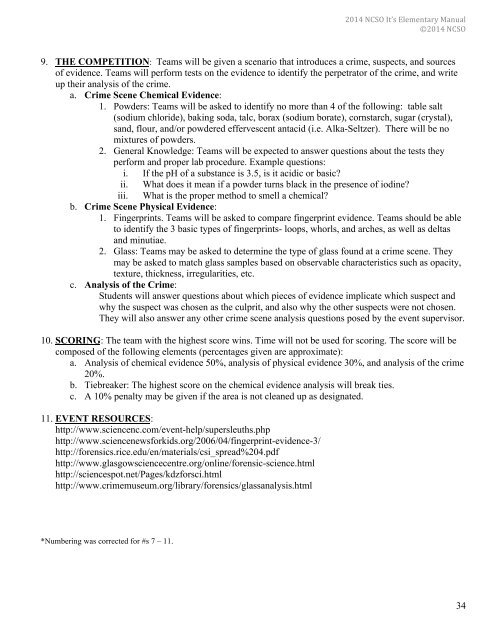

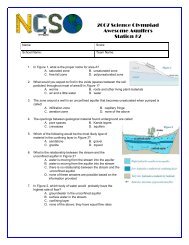
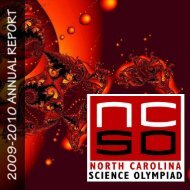

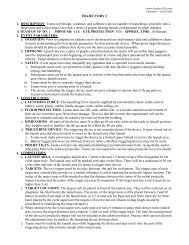
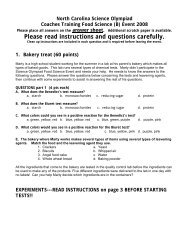

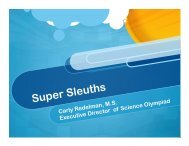
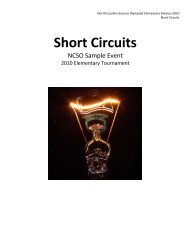
![Shock Value Practice Test[1].pdf - Science Olympiad Student Center](https://img.yumpu.com/42685889/1/190x245/shock-value-practice-test1pdf-science-olympiad-student-center.jpg?quality=85)



